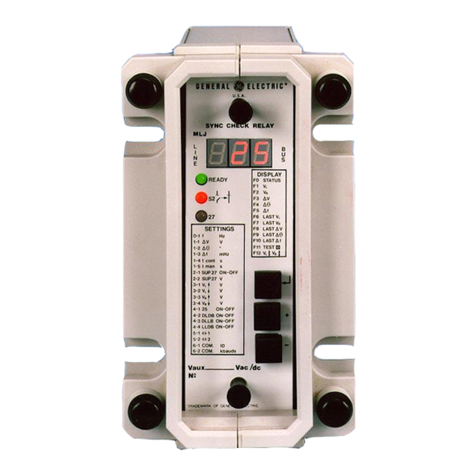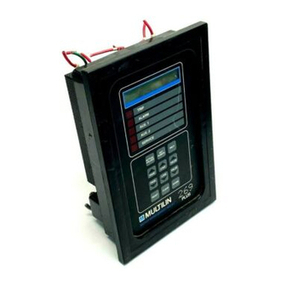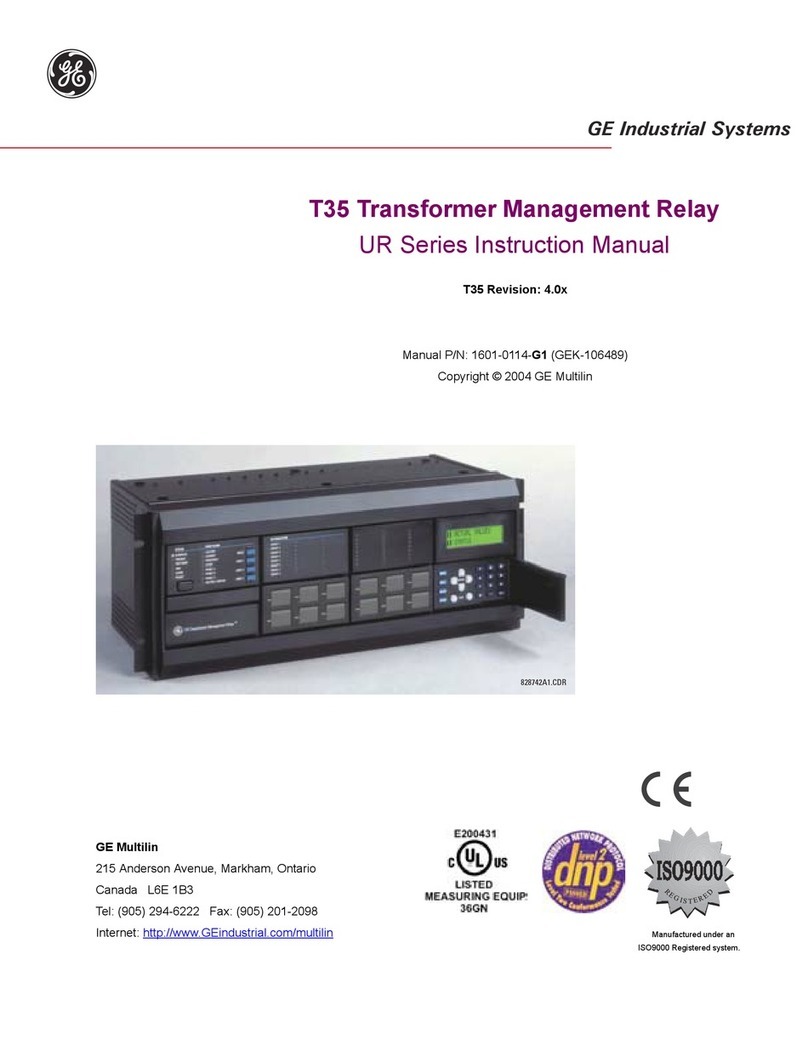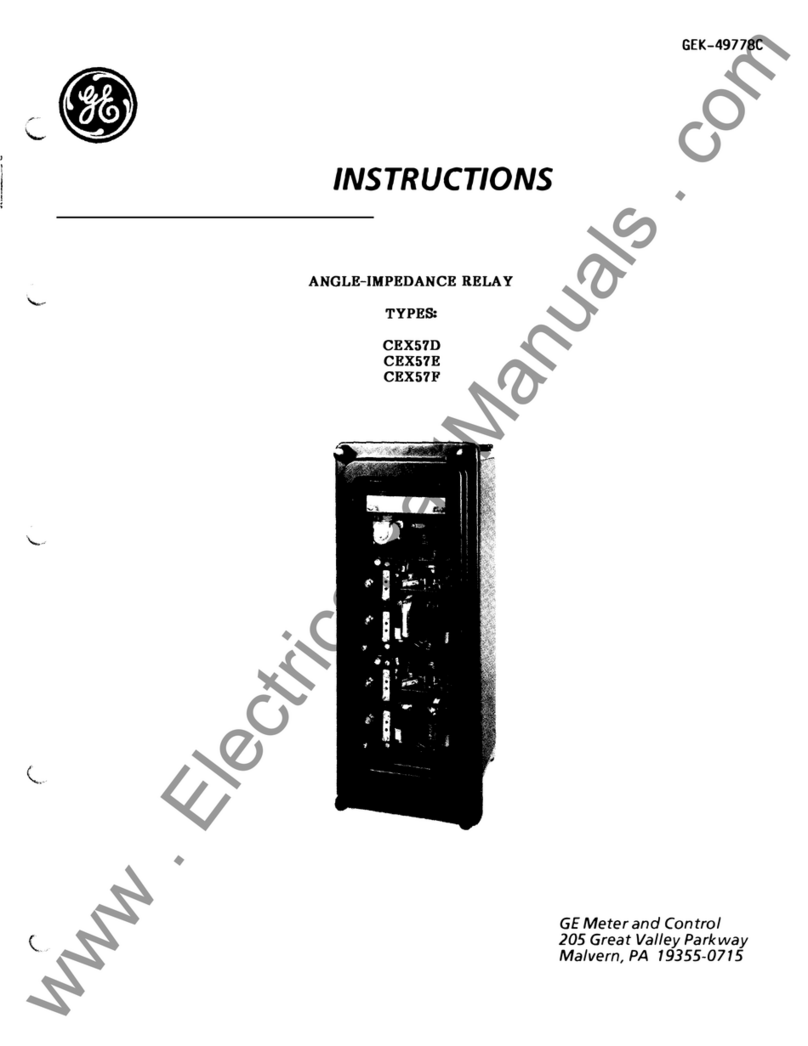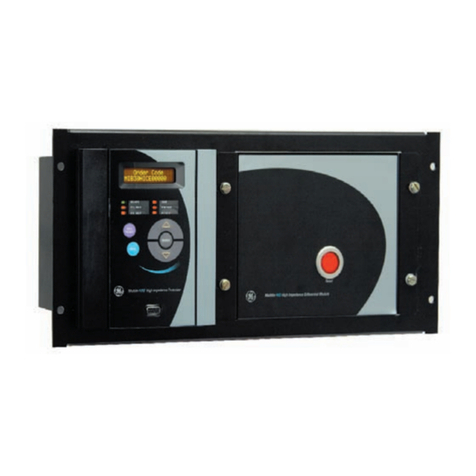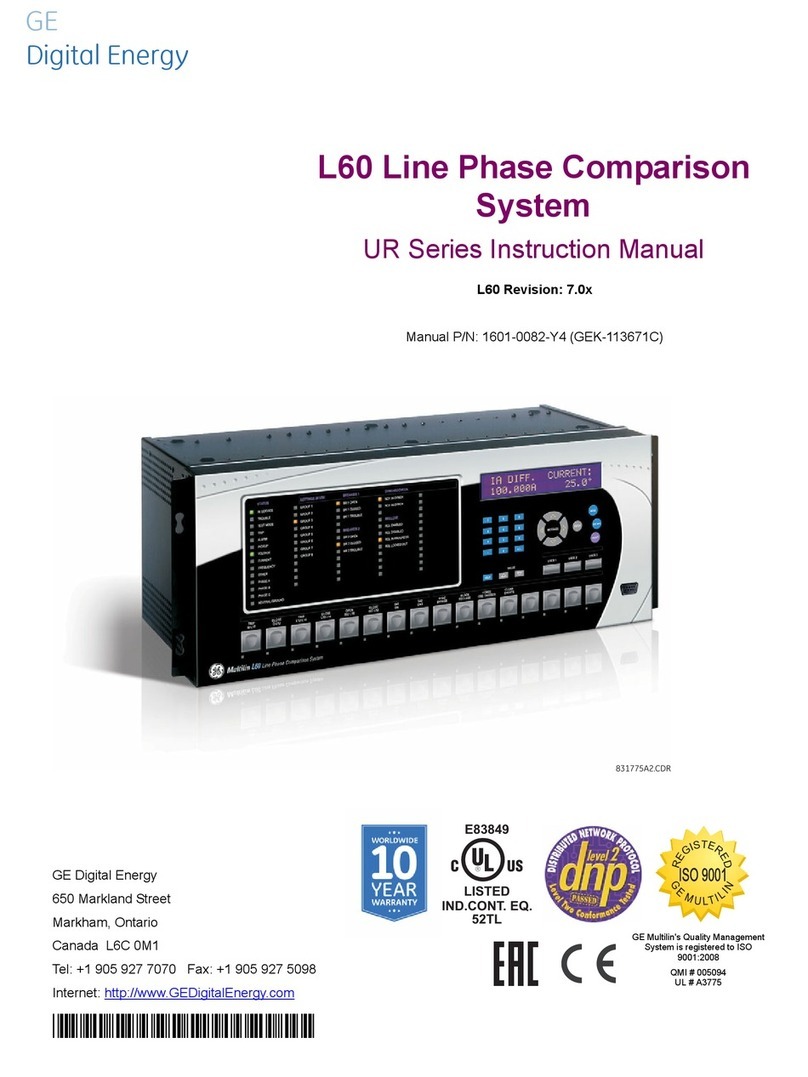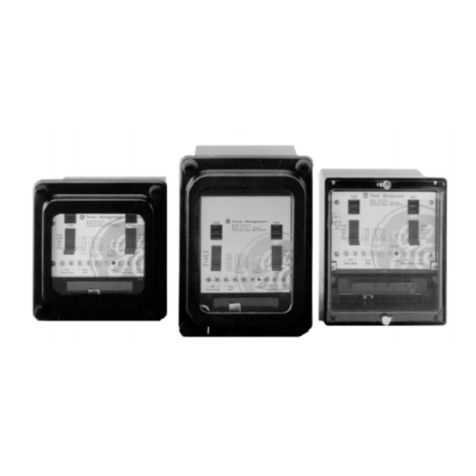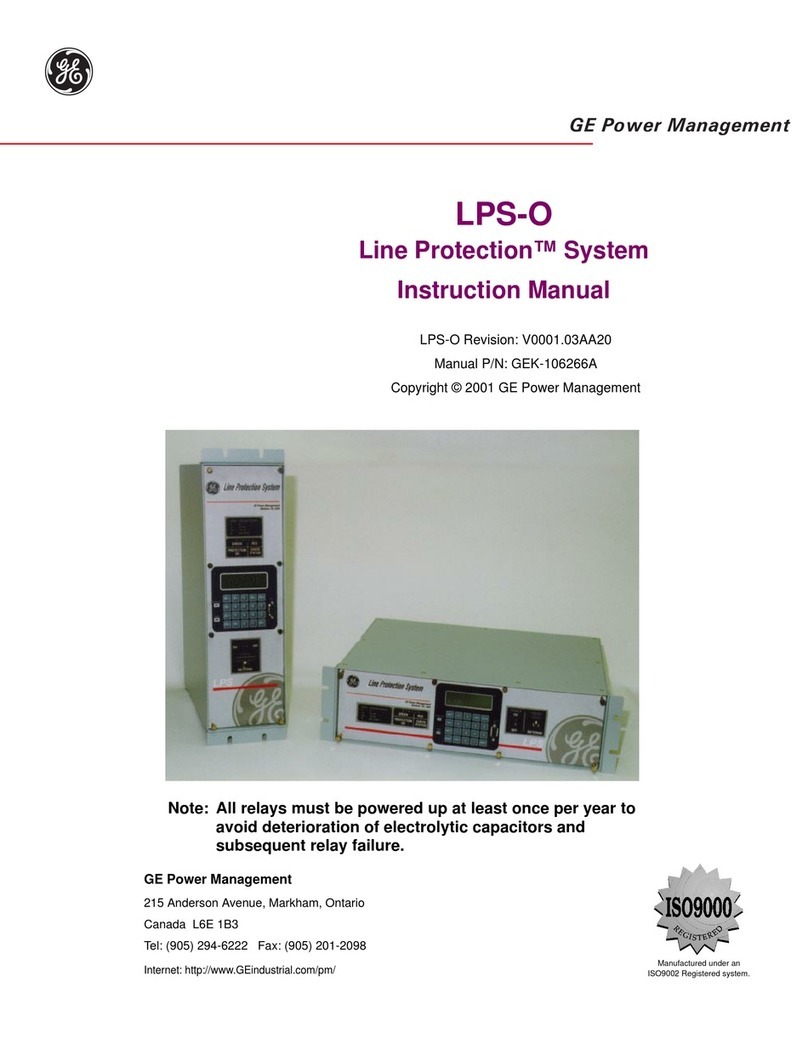GE IBCG51M*Y1A Series User manual
Other GE Relay manuals
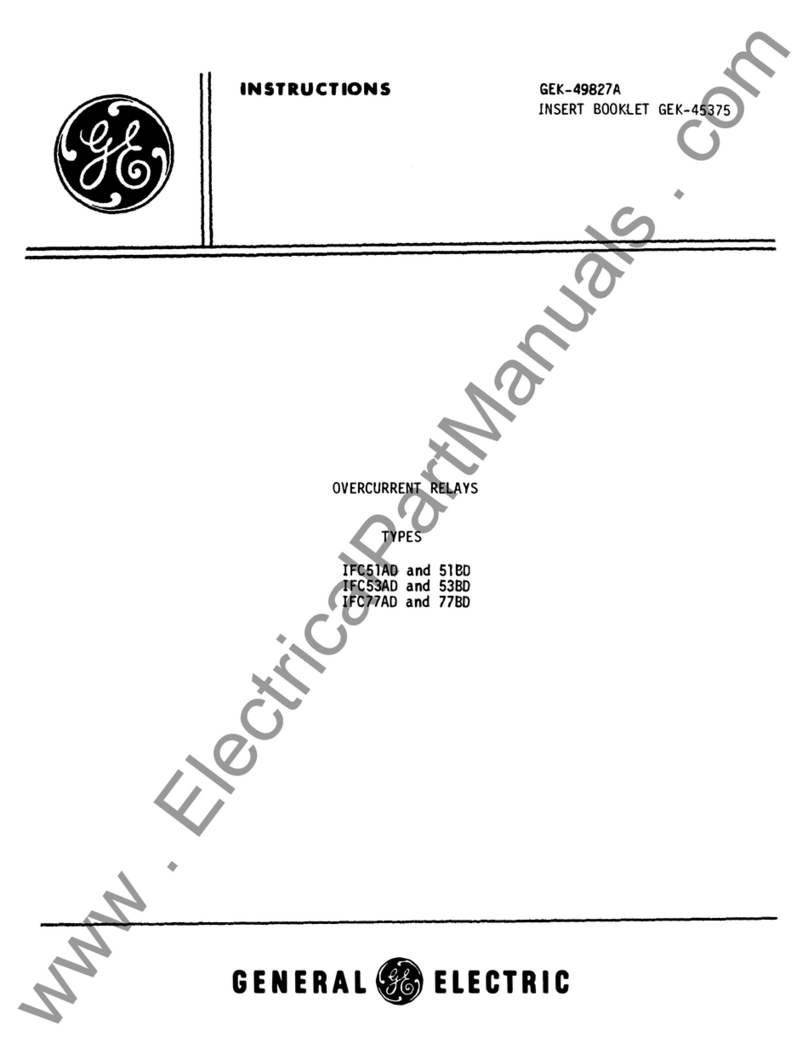
GE
GE IFC51AD User manual
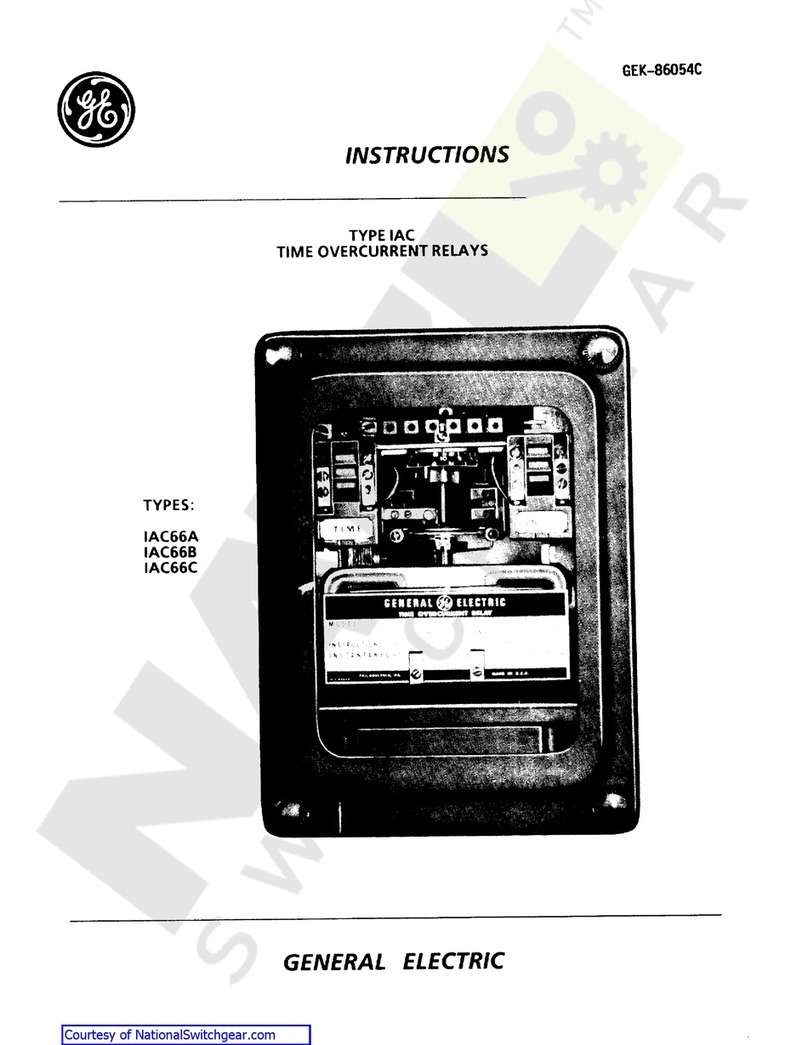
GE
GE IAC User manual
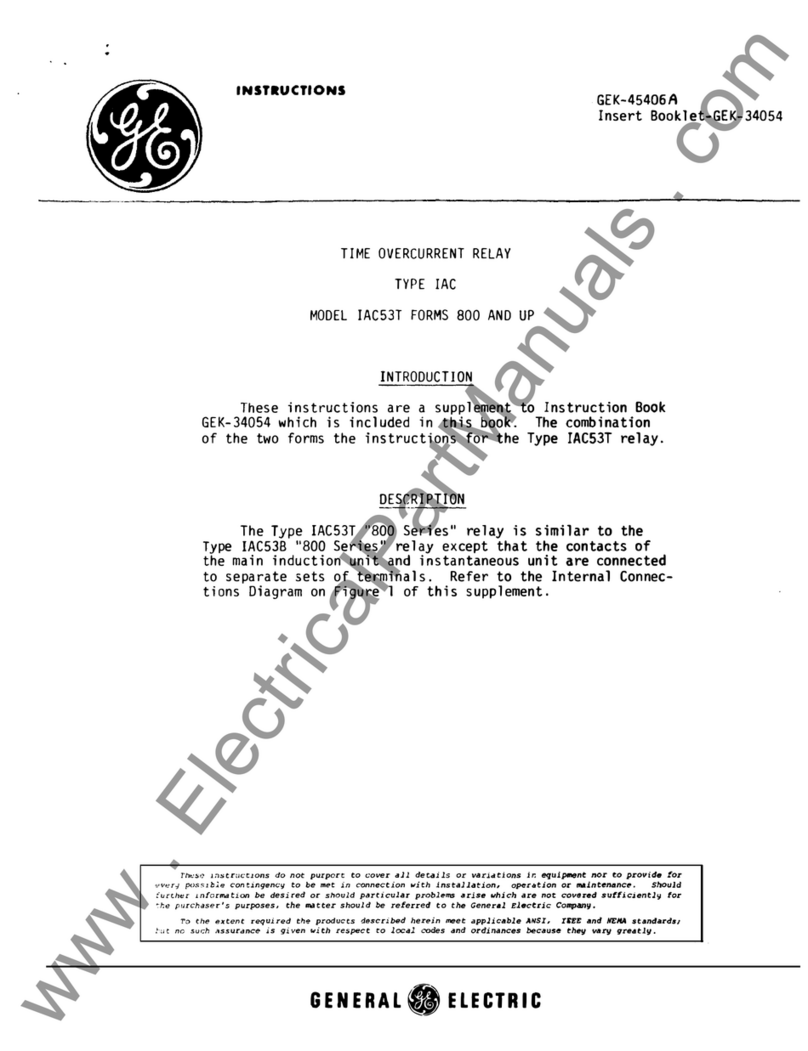
GE
GE IAC Series User manual
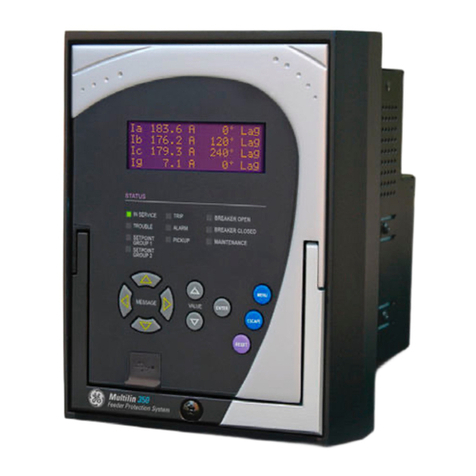
GE
GE 350-A9 User manual
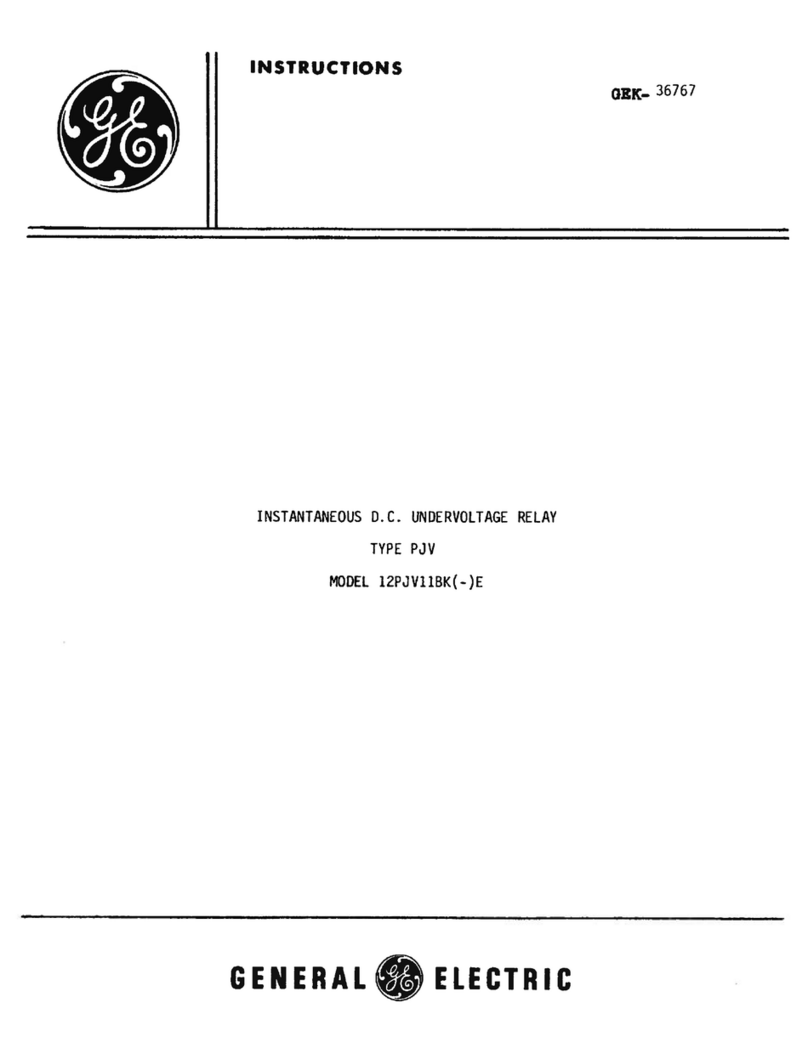
GE
GE PJV Series User manual

GE
GE 239 User manual

GE
GE NGV21A Series User manual

GE
GE ML Series 350 Use and care manual

GE
GE Masoneilan 469 Series Use and care manual
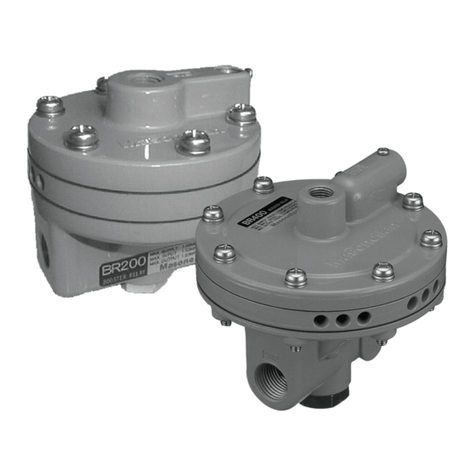
GE
GE Baker Hughes Masonelian BR200 User manual
